22 Theater Books for Your Winter 2024 Reading List
Broadway authors this season include Barbra Streisand, John Stamos, and more!
The weather outside might still be frightful for a while, but what better time to stay in and snuggle up with a great Broadway read? This season, Broadway's best have put pen to paper to turn out theatre page-turners of every kind. From theatre biographies to theatre fiction; theatre books for kids to theatre history; check out our collection of 22 new Broadway books for every theatre lover's winter reading list.
Check out recent releases and view upcoming books for later this year!
 Shakespeare's First Folio: 400th Anniversary Facsimile Edition: Mr. William Shakespeares Comedies, Histories & Tragedies
Shakespeare's First Folio: 400th Anniversary Facsimile Edition: Mr. William Shakespeares Comedies, Histories & Tragedies
by William Shakespeare
Now available
A full-size facsimile of one of the most complete early copies of the famed First Folio, selected and luxuriously produced by the British Library, is a must-have for actors, playwrights, and bibliophiles as well as anyone who truly loves the art of the English language. Published in association with the British Library on the 400th anniversary of the first publication of the First Folio, this handsome facsimile edition is the clearest and cleanest expression of an original from the library’s collection. The slipcased edition includes an six-page booklet with an introduction by the British Library’s lead curator who explain the history and enduring significance of the First Folio.
 Here's to the Ladies: Conversations with More of the Great Women of Musical Theater
Here's to the Ladies: Conversations with More of the Great Women of Musical Theater
by Eddie Shapiro
Now available
In Here's to the Ladies, the follow-up to Nothing Like a Dame: Conversations with the Great Women of Musical Theater, theatre journalist Eddie Shapiro sits down for intimate, career-encompassing conversations with yet more of Broadway's most prolific and fascinating leading women. Full of detailed stories and reflections, his conversations with such luminaries as Barbara Cook, Kelli O'Hara, Heather Headley, Faith Prince, Stephanie J. Block, Tonya Pinkins, and a host of others dig deep into each actor's career -together, these chapters tell the story of what it means to be a leading lady on Broadway over the past fifty years.
 My Name Is Barbra
My Name Is Barbra
by Barbra Streisand
Now available
Barbra Streisand is by any account a living legend, a woman who in a career spanning six decades has excelled in every area of entertainment. She is among the handful of EGOT winners (Emmy, Grammy, Oscar, and Tony) and has one of the greatest and most recognizable voices in the history of popular music. She has been nominated for a Grammy 46 times, and with Yentl she became the first woman to write, produce, direct, and star in a major motion picture. In My Name Is Barbra, she tells her own story about her life and extraordinary career, from growing up in Brooklyn to her first star-making appearances in New York nightclubs to her breakout performance in Funny Girl on stage and winning the Oscar for that performance on film.
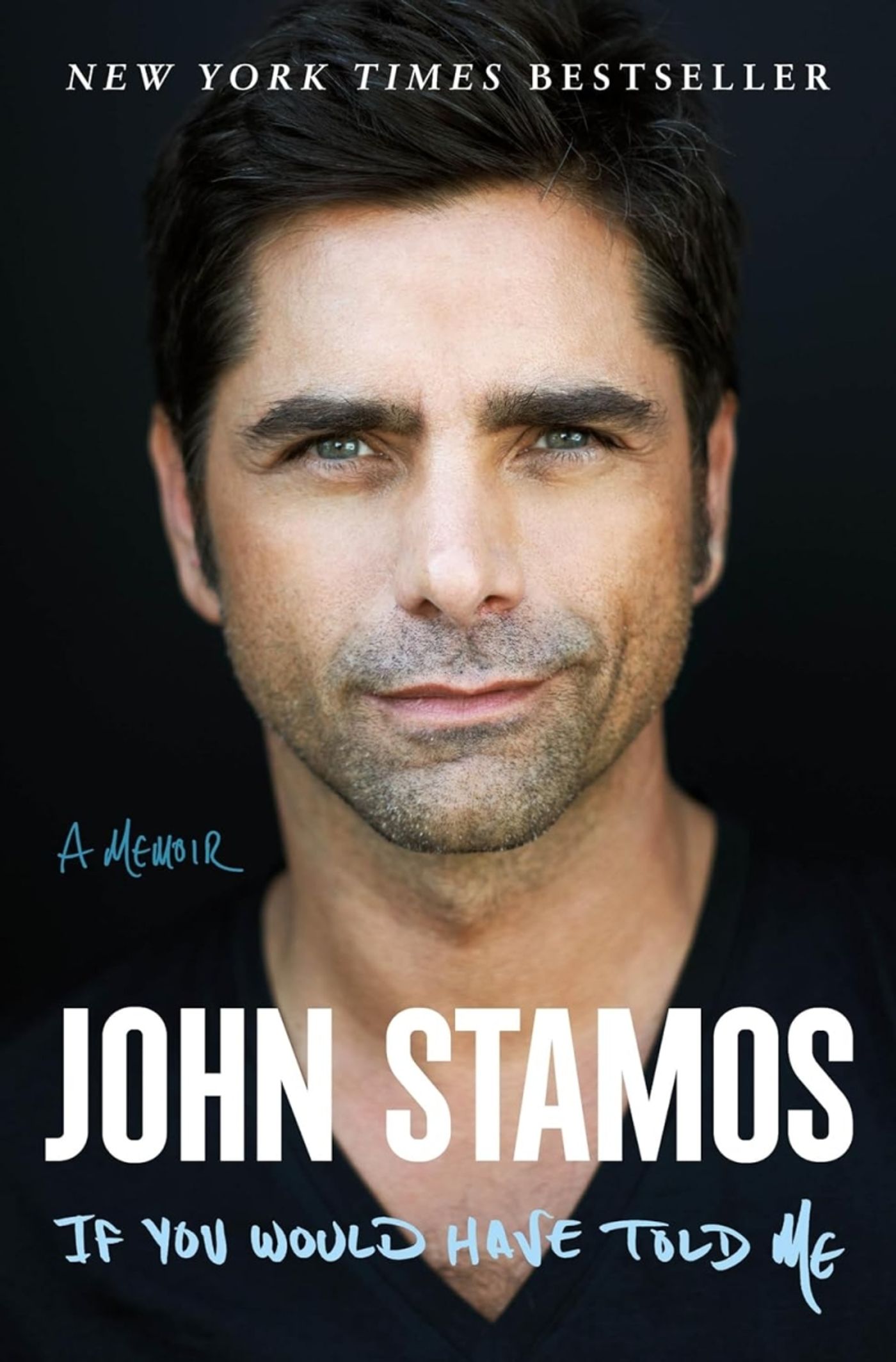 If You Would Have Told Me: A Memoir
If You Would Have Told Me: A Memoir
by John Stamos
Now available
If you would have told a young John Stamos flipping burgers at his dad’s fast-food joint that one day he’d be a household name and that, at the height of his success, he’d be living alone, divorced, with no kids, high on a cocktail of forgetting, he might’ve asked, “You want fries with that?” John burst onto the scene in General Hospital, propelling him into the teen idol stratosphere, a place that’s often a point of no return. But Stamos beat the odds and over the past four decades has proved himself to be one of his generation’s most successful and beloved actors. Whether showing off his comedic chops on Full House or his dramatic skills on ER, pushing the boundaries on Broadway or living out his youthful dreams as an honorary Beach Boy, John has surprised everyone, most of all himself.
 Fifty Key Theatre Designers
Fifty Key Theatre Designers
by Arnold Aronson
Now available
Developments of scenic design are traced from the introduction of perspective painting to create illusionistic scenery in Renaissance Italy to the use of digital projection in the twenty-first century. The book also discusses important landmarks in the evolution of costume and lighting design, as well as the introduction of film and video technology to stage design. A broad range of work is explored, including opera, dance, Broadway and West End commercial theatre, avant-garde performance, and even Olympic spectacles. Each chapter features one designer, including basic biographical information and a discussion of that artist’s style, aesthetics, and contributions. Designers covered include Sebastiano Serlio, Ferdinando Bibiena, Richard Wagner, Adolphe Appia, and Edward Gordon Craig, amongst many other notable individuals. Each chapter also includes references to other significant designers with similar aesthetics or who made similarly important contributions to the development of that aspect of scenography.
 Failure, Fascism, and Teachers in American Theatre: Pedagogy of the Oppressors (Palgrave Studies in Theatre and Performance History)
Failure, Fascism, and Teachers in American Theatre: Pedagogy of the Oppressors (Palgrave Studies in Theatre and Performance History)
by James F. Wilson
Now available
This timely and accessible book explores the shifting representations of schoolteachers and professors in plays and performances primarily from the twentieth and twenty-first centuries in the United States. Examining various historical and recurring types, such as spinsters, schoolmarms, presumed sexual deviants, radicals and communists, fascists, and emasculated men teachers, Wilson shines the spotlight on both well-known and nearly-forgotten plays. The analysis draws on a range of scholars from cultural and gender studies, queer theory, and critical race discourses to consider teacher characters within notable education movements and periods of political upheaval. Richly illustrated, the book will appeal to theatre scholars and general readers as it delves into plays and performances that reflect cultural fears, desires, and fetishistic fantasies associated with educators. In the process, the scrutiny on the array of characters may help illuminate current attacks on real-life teachers while providing meaningful opportunities for intervention in the ongoing education wars.
 Conversations in Color: Exploring North American Musical Theatre
Conversations in Color: Exploring North American Musical Theatre
by Sean Mayes
Now available
Step into a world where the brightest creative minds of contemporary musical theatre share their insights and inspirations. Conversations in Color unveils the untold stories and perspectives of remarkable artists of color shaping the stage today. Delve into captivating interviews with visionaries like André De Shields, Alex Lacamoire, Baayork Lee, and many more, as they discuss the intricate artistry behind crafting unforgettable musical experiences.
 Purple Rising: Celebrating 40 Years of the Magic, Power, and Artistry of The Color Purple
Purple Rising: Celebrating 40 Years of the Magic, Power, and Artistry of The Color Purple
by Lise Funderburg and Scott Sanders
Now available
Celebrate the 40th anniversary of the Pulitzer Prize–winning masterpiece The Color Purple—as well as the acclaimed 1985 film from Steven Spielberg, the Tony-winning Broadway musical, and the all-new film adaptation with this gorgeously designed exploration of the novel’s enduring legacy, featuring contributions from Alice Walker, Oprah Winfrey, Steven Spielberg, Colman Domingo, Fantasia Barrino, Danny Glover, and more.
 Atlas of Performing Culture
Atlas of Performing Culture
by Cristiano Leone
Now available
Through examining more than 120 organizations on a global scale, this work shows how almost every human expression involves performing culture. Atlas of Performing Culture is an illustrated voyage across five continents—Asia, Africa, Europe, Oceania, and the Americas—involving the study of venues and events related to performance, the dynamic and unrepeatable mode of artistic activity capable of uniting the audience—who becomes the protagonist—with artists and works of art, architecture, and nature.
 Everywhere an Oink Oink: An Embittered, Dyspeptic, and Accurate Report of Forty Years in Hollywood
Everywhere an Oink Oink: An Embittered, Dyspeptic, and Accurate Report of Forty Years in Hollywood
by David Mamet
Now available
Award-winning playwright, screenwriter, and director David Mamet shares scandalous and laugh-out-loud tales from his four decades in Hollywood where he worked with some of the biggest names in movies. David Mamet went to Hollywood on top—a super successful playwright summoned west in 1980 to write a vehicle for Jack Nicholson. He arrived just in time to meet the luminaries of old Hollywood and revel in the friendship of giants like Paul Newman, Mike Nichols, Bob Evans, and Sue Mengers. Over the next forty years, Mamet wrote dozens of scripts, was fired off dozens of movies, and directed eleven himself.
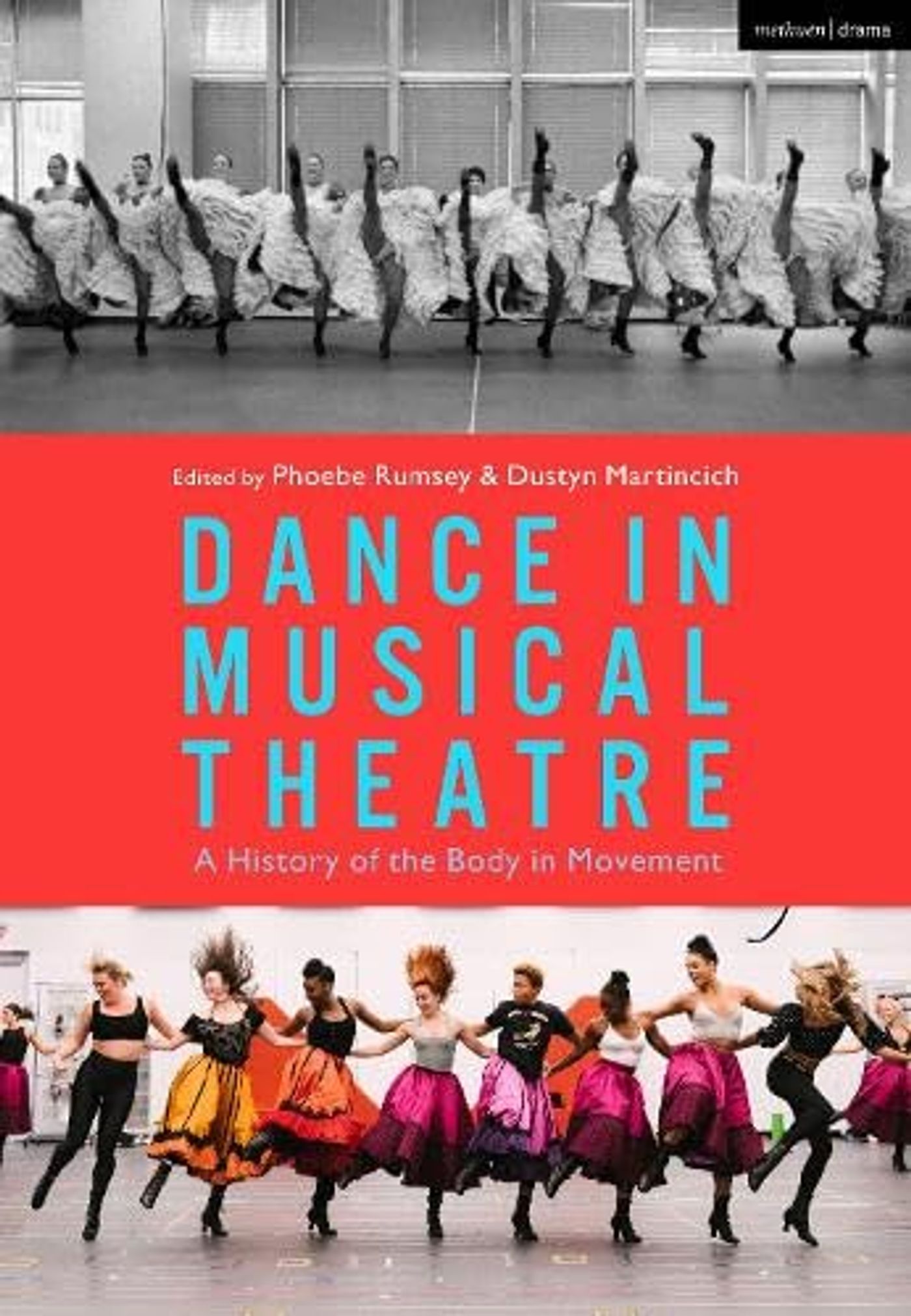 Dance in Musical Theatre: A History of the Body in Movement
Dance in Musical Theatre: A History of the Body in Movement
by Phoebe Rumsey and Dustin Martincich
Now available
From Oklahoma! and West Side Story, to Spring Awakening and Hamilton, dance remains one of the most important and key factors in musical theatre. Through the integration of song and dance in the 'dream ballets' of choreographers like Agnes De Mille; the triple threat performances of Jerome Robbins' dancers; the signature style creation by choreographers like Bob Fosse with dancers like Gwen Verdon; and the contemporary, identity-driven work of choreographers like Camille A. Brown, the history of the body in movement is one that begs study and appreciation.
 African American Perspectives in Musical Theatre
African American Perspectives in Musical Theatre
by Eric M. Glover
Now available
From Pauline Elizabeth Hopkins's 1879 musical Peculiar Sam to Lynn Nottage's 2021 musical MJ, the 'Black musical' does not get the credit it deserves for sustaining the genre we know and love. This introductory book is devoted to representative African-American perspectives in musical theatre from the literature of slavery and freedom, 1746-1865, to the contemporary period, offering the reader case studies of what the 'Black musical' is, how it works, and why it matters.
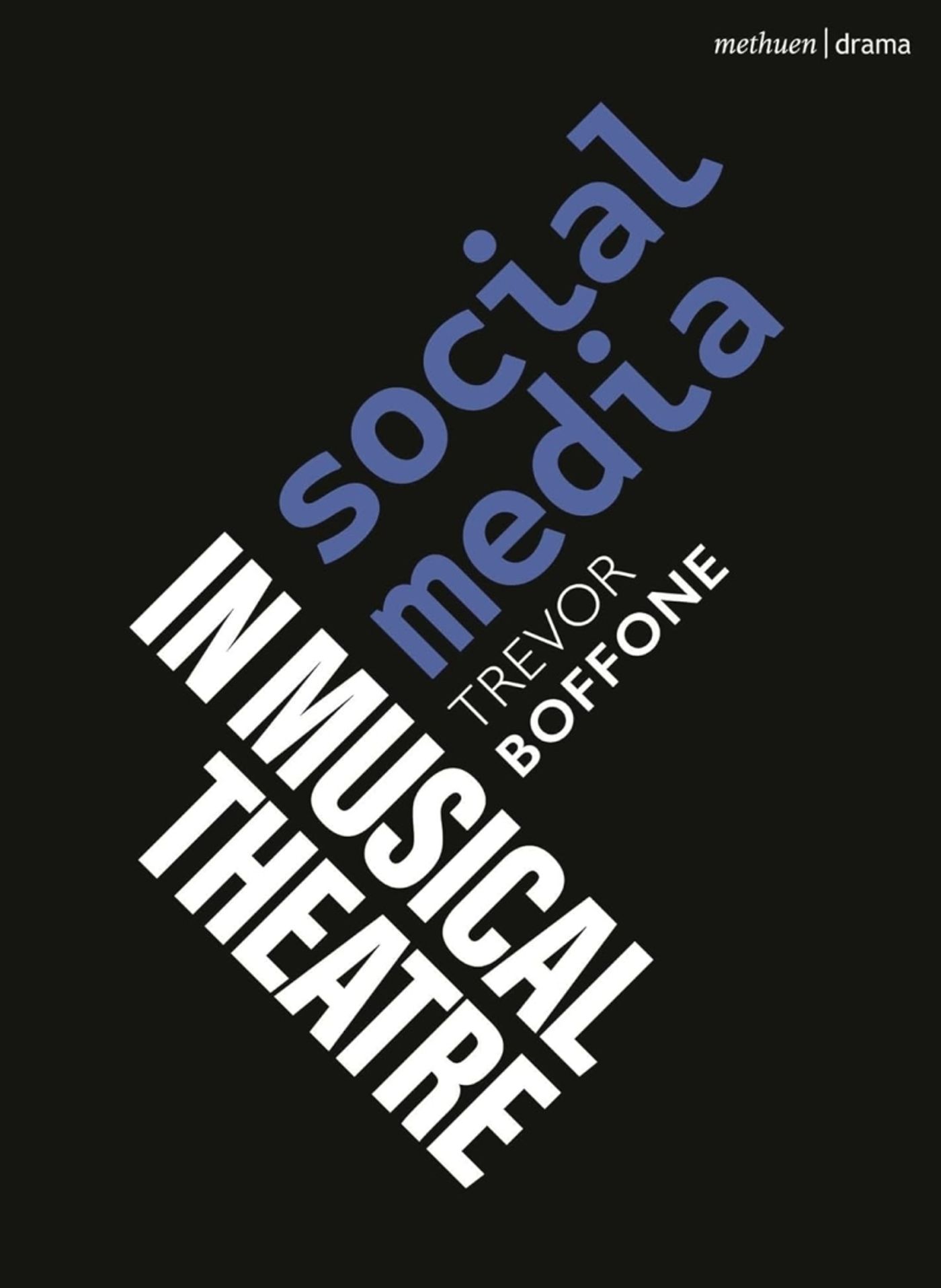 Social Media in Musical Theatre
Social Media in Musical Theatre
by Trevor Boffone
Now available
This book introduces readers to the widespread phenomenon of how social media platforms such as YouTube, Twitter, and TikTok become an extension of long-standing aspects of musical theatre engagement. Although casual observers may dismiss social media's import, social media has revolutionized the field of musical theatre since the early days of Web 2.0 with spaces such as AOL, LiveJournal, and Myspace. Now, as social media continues to grow in relevance, the nuanced ways in which digital platforms influence musical culture remain ripe for study. Social Media in Musical Theatre moves beyond viewing social media merely as a passing fad or a space free from critical engagement. Rather, this volume takes a serious look at the critical role social media play in musicals, thus challenging how social media users and musical theatre-makers alike approach digital spaces.
 Jesus Christ Superstar: Behind the Scenes of the Worldwide Musical Phenomenon
Jesus Christ Superstar: Behind the Scenes of the Worldwide Musical Phenomenon
by Ellis Nassour
Now available
In 1969, when Andrew Lloyd Webber and Tim Rice decided to write a rock opera about Jesus Christ, they had little idea they were about to embark on one of the most popular, boundary-pushing, and influential musicals ever. The show’s success was hardly assured at first: unable to secure enough funding, they initially resorted to just releasing its title song as a single. A full album followed to widespread acclaim, and only then could a full production get underway. More than fifty years later, Jesus Christ Superstar continues to be beloved in all its forms—the live show, various cast albums, and the wildly successful movie.
 How Broadway Works: Building and Running a Show, from the People Who Make It Happen
How Broadway Works: Building and Running a Show, from the People Who Make It Happen
by Sharon Powers
Now available
How Broadway Works celebrates the unsung, out-of-sight people on Broadway who bring a production to the stage and shows young people interested in theater that there are myriad of vocations other than acting. What an audience sees is what is presented on stage: the actors, lights, orchestra, musicians, and sometimes stagehands. What they don’t see is backstage, where many theater professionals collaborate to bring the production to an audience. The most visible career in a production is acting, but not everyone can act or even wishes to be in the spotlight, but still yearns to be part of the theater world. There are several jobs in the theater community where their talents may fit.
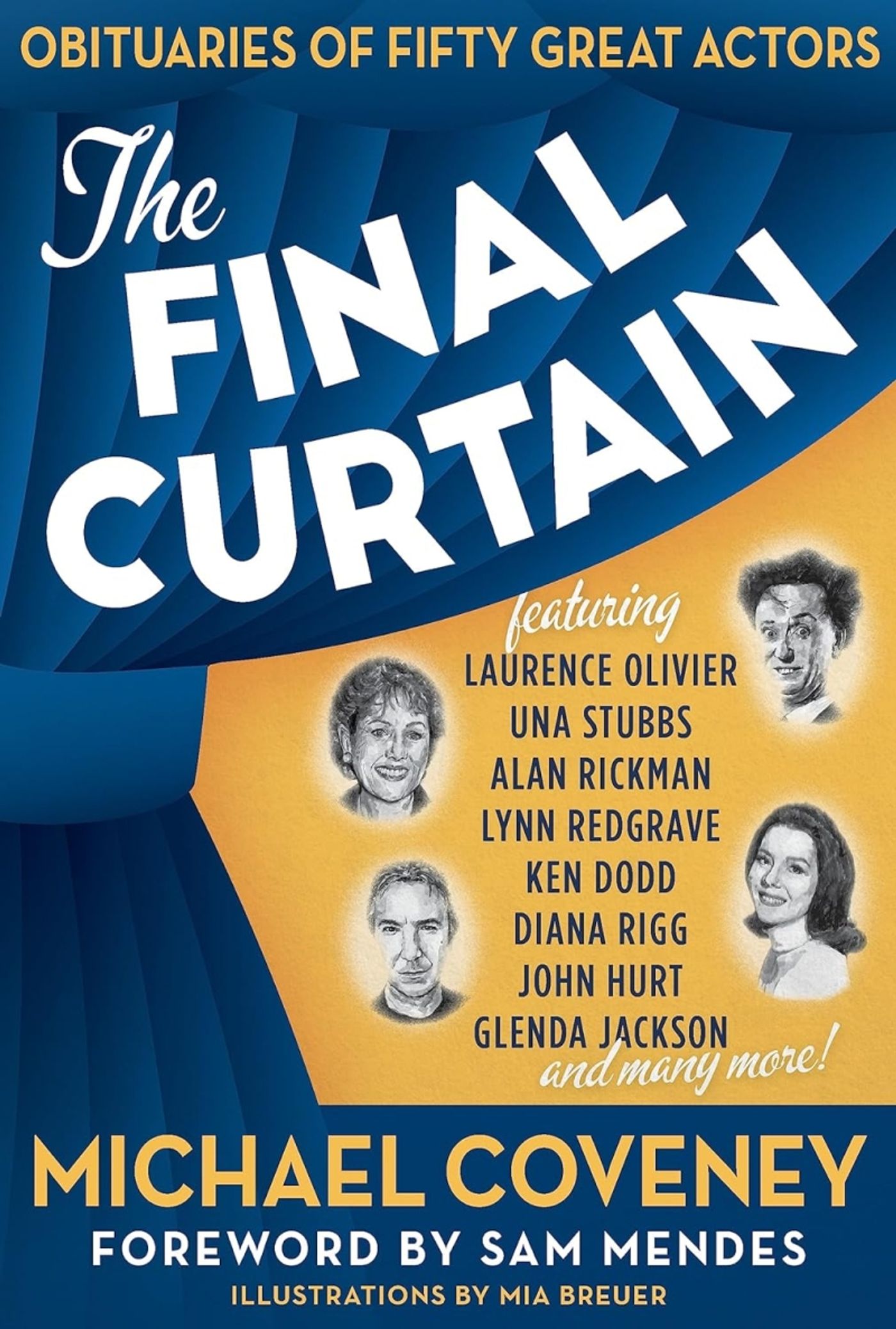 The Final Curtain: Obituaries of Fifty Great Actors
The Final Curtain: Obituaries of Fifty Great Actors
by Michael Coveney
Now available
Michael Coveney has been writing theatrical obituaries alongside reviews for several decades and makes a telling, sometimes surprising, selection of the best performers of our time, from Laurence Olivier to Alan Rickman, Peggy Ashcroft to Helen McCrory, Richard Briers to Ken Dodd. Most of these obits appeared in the Guardian, several in the Observer, the Financial Times and the Evening Standard.
 Theater of Capital: Modern Drama and Economic Life
Theater of Capital: Modern Drama and Economic Life
by Alisa Zhulina
Available: January 15, 2023
Emerging amid the turbulent rise of market finance and wider socioeconomic changes, modern drama enacted vital critiques of art and life under capitalism. Alisa Zhulina shows how fin-de-siècle playwrights such as Henrik Ibsen, August Strindberg, Anton Chekhov, George Bernard Shaw, and Gerhart Hauptmann interrogated the meaning of this newly coined economic concept. Acutely aware of their complicity in the system they sought to challenge, these playwrights staged economic questions as moral and political concerns, using their plays to explore the theories of Adam Smith, Karl Marx and Friedrich Engels, Max Weber, and others within the boundaries of bourgeois theater.
 The American Theatre as Seen by Hirschfeld: 1962-2002
The American Theatre as Seen by Hirschfeld: 1962-2002
by Al Hirschfeld
Avialable: January 16, 2024
With commentary by Brooks Atkinson, Michael Kimmelman, Brendan Gill, Maureen Dowd, Terrence McNally, Jules Feiffer, and Al Hirschfeld. Al Hirschfeld has been synonymous with Broadway since his first theatre drawing appeared in 1926. For seventy-six years, his theatre work was as much a part of a Broadway show as its opening night. His drawings, seen most famously in the New York Times, where his drawings appeared on average every other week for seventy-five years, reached all over the country, and millions more saw his vision of the shows than saw the shows themselves. His art also appeared on posters, programs, books, and album covers. For many, Hirschfeld was Broadway. The winner of two Tonys for Lifetime Achievement, he was awarded the ultimate Broadway accolade when the Martin Beck Theatre was renamed for him on his 100th birthday.
 Tell it to the World: The Broadway Musical Abroad
Tell it to the World: The Broadway Musical Abroad
by David Savran
Available: January 30, 2024
What happens when Broadway goes abroad? Tell It to the World: The Broadway Musical Abroad offers a look at how the Broadway musical travels the world, influencing and even transforming local practices and traditions. It traces especially how the musical has been indigenized in South Korea and Germany, the commercial centers for Broadway musicals in East Asia and continental Europe. Both countries were occupied after World War II by the United States, which disseminated U.S. American popular music, jazz, movies, and musical theatre in the belief that these nations needed to rebuild their cultures in accordance with U.S. guidelines. By the 1990s, Broadway imports had become phenomenally popular in Seoul and Hamburg while home-grown musicals proliferated that adapted and transformed the prototypes that had been disseminated by the U.S.
 Contemporary British Musicals: ‘Out of the Darkness’
Contemporary British Musicals: ‘Out of the Darkness’
by Clare Chandler and Gus Gowland
Available: February 8, 2024
The shortest runs can have the longest legacies: for too long, scholarship surrounding British musical theatre has coalesced around the biggest names, ignoring important works that have not had the critical engagement they deserve. Through academic interrogation and industry insight, this unique collection of essays recognizes these works, shining a light on their creative achievements and legacies. With each chapter focusing on a different significant musical, a selection of shows spanning 2010s are analysed and the development and evolution of the genre is explored.
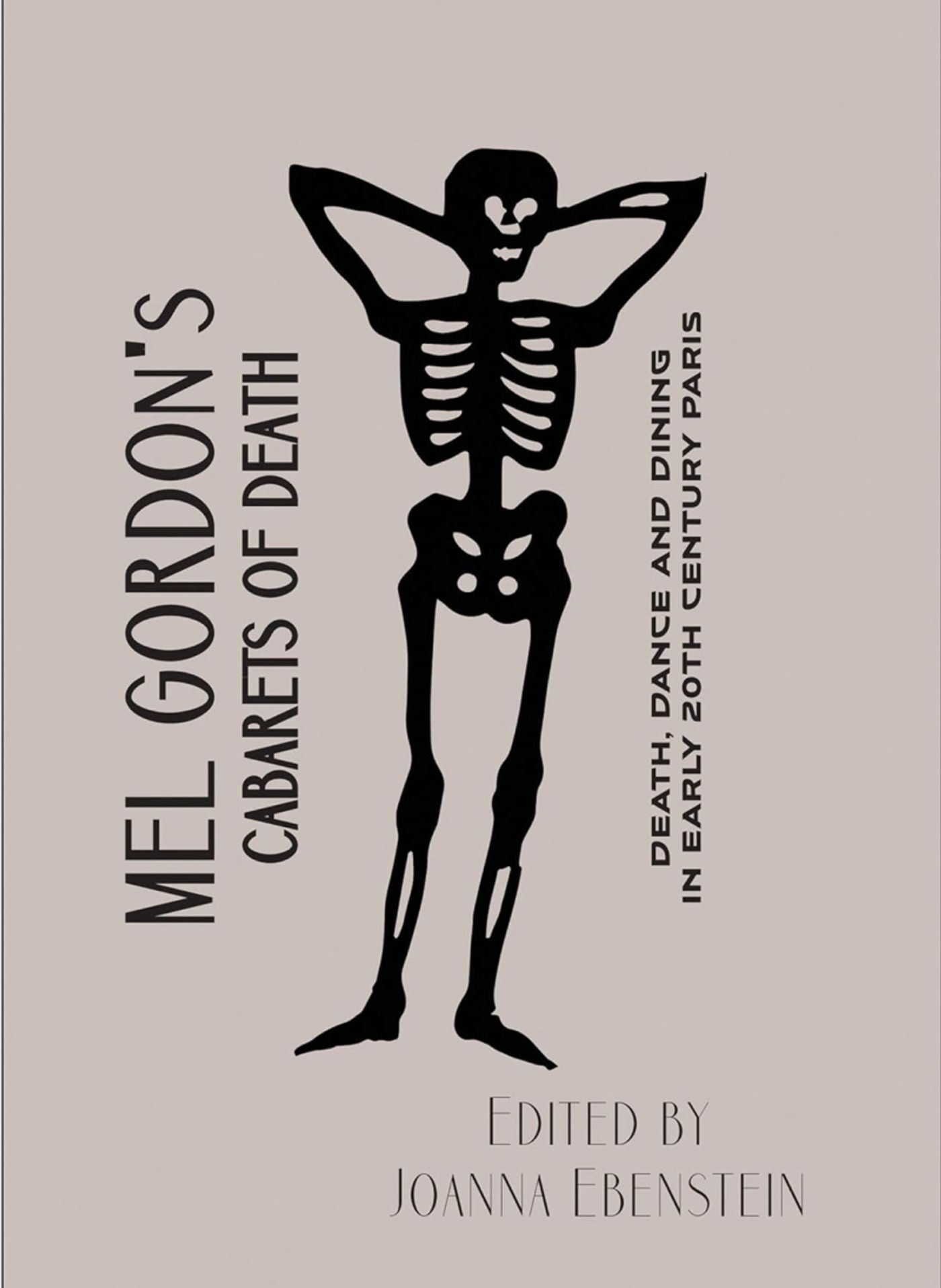 Cabarets of Death: Death, Dance and Dining in Early Twentieth-Century Paris
Cabarets of Death: Death, Dance and Dining in Early Twentieth-Century Paris
by Mel Gordon
Available: February 13, 2024
Three idiosyncratically macabre cabaret-restaurants in Monmartre, each with its own grotesque portrayal of the afterworlds of Hell, Heaven, and Nothingness. From 1892 until 1954, three cabaret-restaurants in the Montmartre district of Paris captivated tourists with their grotesque portrayals of death in the afterworlds of Hell, Heaven, and Nothingness. Each had specialized cuisines and morbid visual displays with flashes of nudity and shocking optical illusions. These cabarets were considered the most curious and widely featured amusements in the city. Entrepreneurs even hawked graphic postcards of their ironic spectacles and otherworldly interiors.
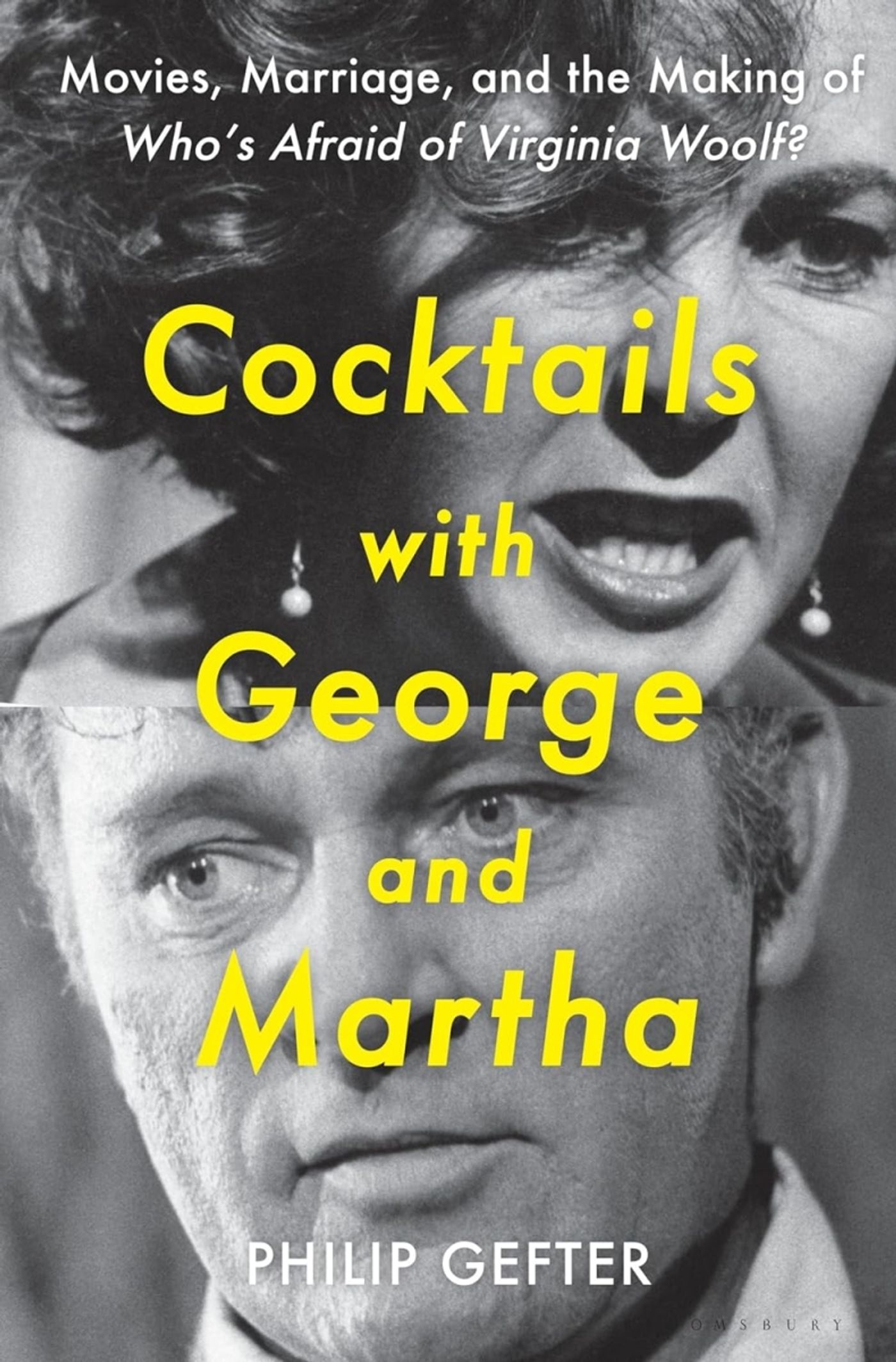 Cocktails with George and Martha: Movies, Marriage, and the Making of Who’s Afraid of Virginia Woolf?
Cocktails with George and Martha: Movies, Marriage, and the Making of Who’s Afraid of Virginia Woolf?
by Philip Gefter
Available: February 13, 2024
An award-winning writer reveals the behind-the-scenes story of the provocative play, the groundbreaking film it became, and how two iconic stars changed the image of marriage forever. From its debut in 1962, Edward Albee's Who's Afraid of Virginia Woolf? was a wild success and a cultural lightning rod. The play transpires over one long, boozy night, laying bare the lies, compromises, and scalding love that have sustained a middle-aged couple through decades of marriage. It scandalized critics but magnetized audiences. Across 644 sold-out Broadway performances, the drama demolished the wall between what could and couldn't be said on the American stage and marked a definitive end to the I Love Lucy 1950s.
Videos

